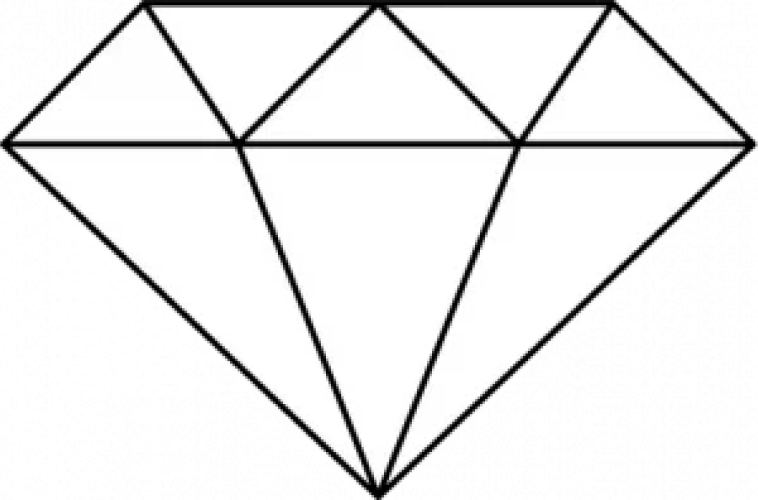Diamond Colour Chart
- D
- E
- F
- G
- H
- I
- J
LUXSSO DIAMOND COLOUR CHART
- It is often assumed that diamonds are completely clear. But since diamonds have trace elements in them, they can have subtle colours. While colour is one of the four C’s that jewellers use to rate diamonds, the colour is more about rarity and quality. Completely colourless diamonds are the rarest, which makes them valuable.
- As diamonds come from the ground, they usually have yellow, brown, or grey colours because of the impurities they pick up in the earth. These diamonds are rated based on hue, tone, and saturation, and the diamond colour scale includes those factors.
- It is often assumed that diamonds are completely clear. But since diamonds have trace elements in them, they can have subtle colours. While colour is one of the four C’s that jewellers use to rate diamonds, the colour is more about rarity and quality. Completely colourless diamonds are the rarest, which makes them valuable.


WHAT IS THE INTERNATIONAL COLOUR SCALE?
| Colourless | D, E and F colour diamonds are colourless, meaning they have no yellow tint. They are the rarest and, as such, most valuable. Even though these three come in the same category, there is a considerable price difference in colouration between D & E and D & F colour diamonds. |
| Near Colourless | G, H, I and J colour diamonds are considered near colourless. These diamonds have minor traces of colour that trained eyes may identify. The G/H colour diamonds are most popular because they balance value and lack of colour. Minor sparkle distractions can be noticed in I/J colours; however, these diamonds still sparkle brilliantly and have a great deal. |
| Faint | Diamonds with K, L and M colours tend to have a faintly yellow or brown tinge. The colour affects the diamond’s sparkle by very slightly dulling it. When examined, the colour may be recognized in jewellery, although there are ways to minimize this. With clarity, it is recommended by the experts not to carry colours below L. |
| Very Light | These diamonds already have a very striking colour. The colour may be either a yellow or even brown tint. Some of these diamonds are often referred to as top light brown. There is significantly less demand for these diamonds, and their prices are probably the lowest in the industry. |
| Light | Light Colour Diamonds is a group of diamonds with colours ranging from S to Z. These Light colour diamonds below U are in more demand than the Very Light colour diamonds mentioned one grade above. However, since the intensity of yellow diamonds officially starts with fancy light, the U-X and Y-Z colour diamonds are considered faint yellow and light yellow replacements. |











